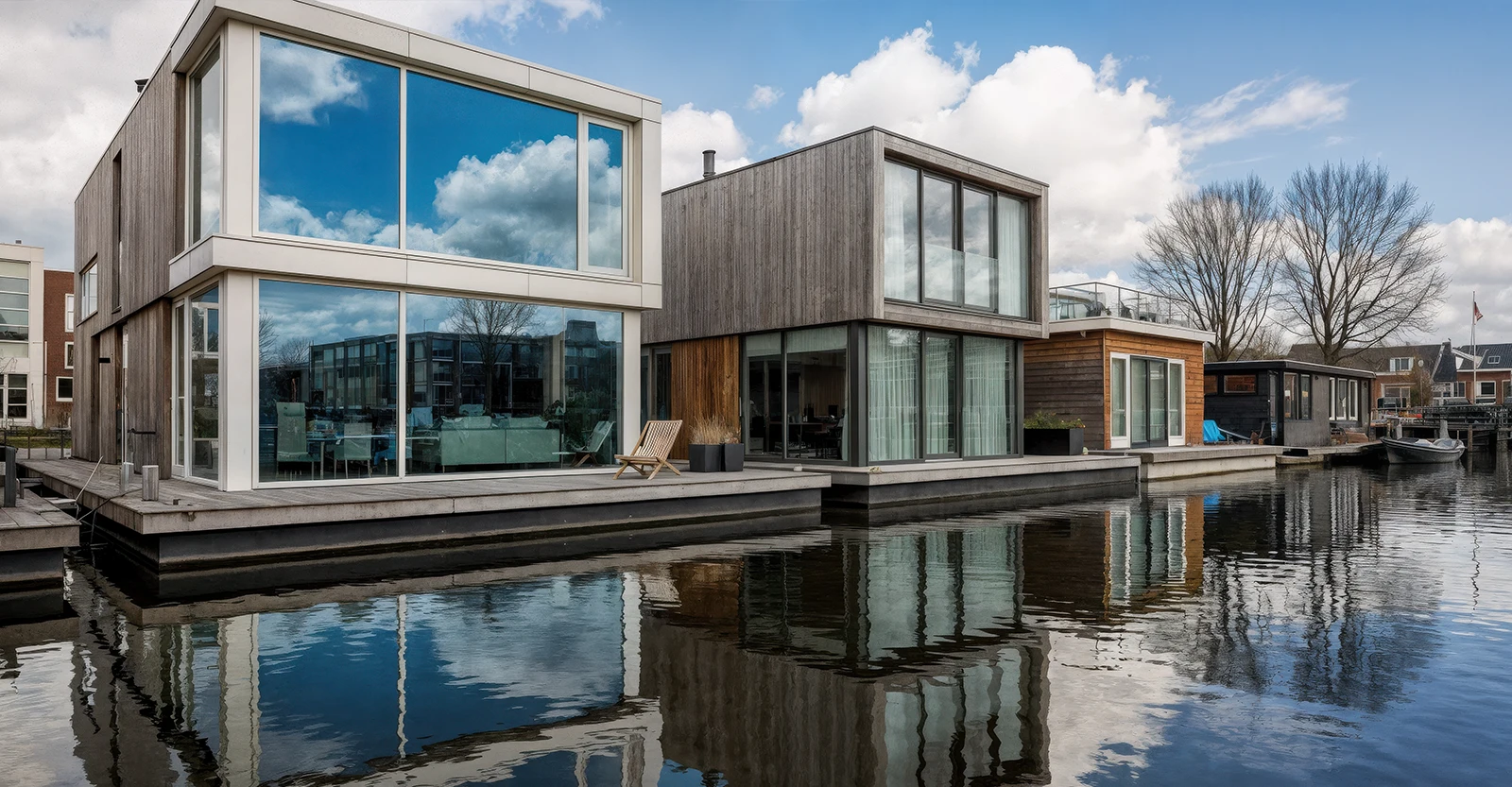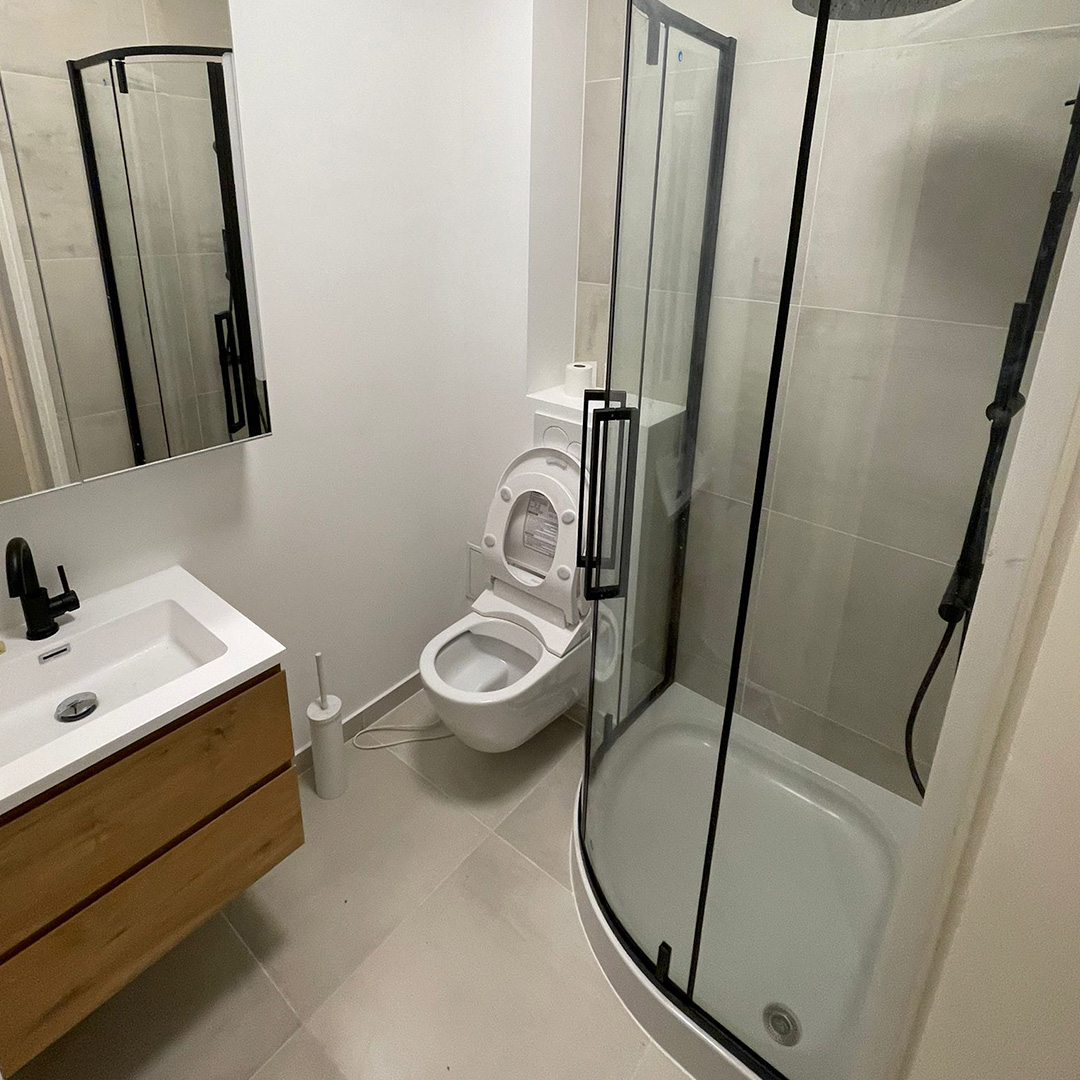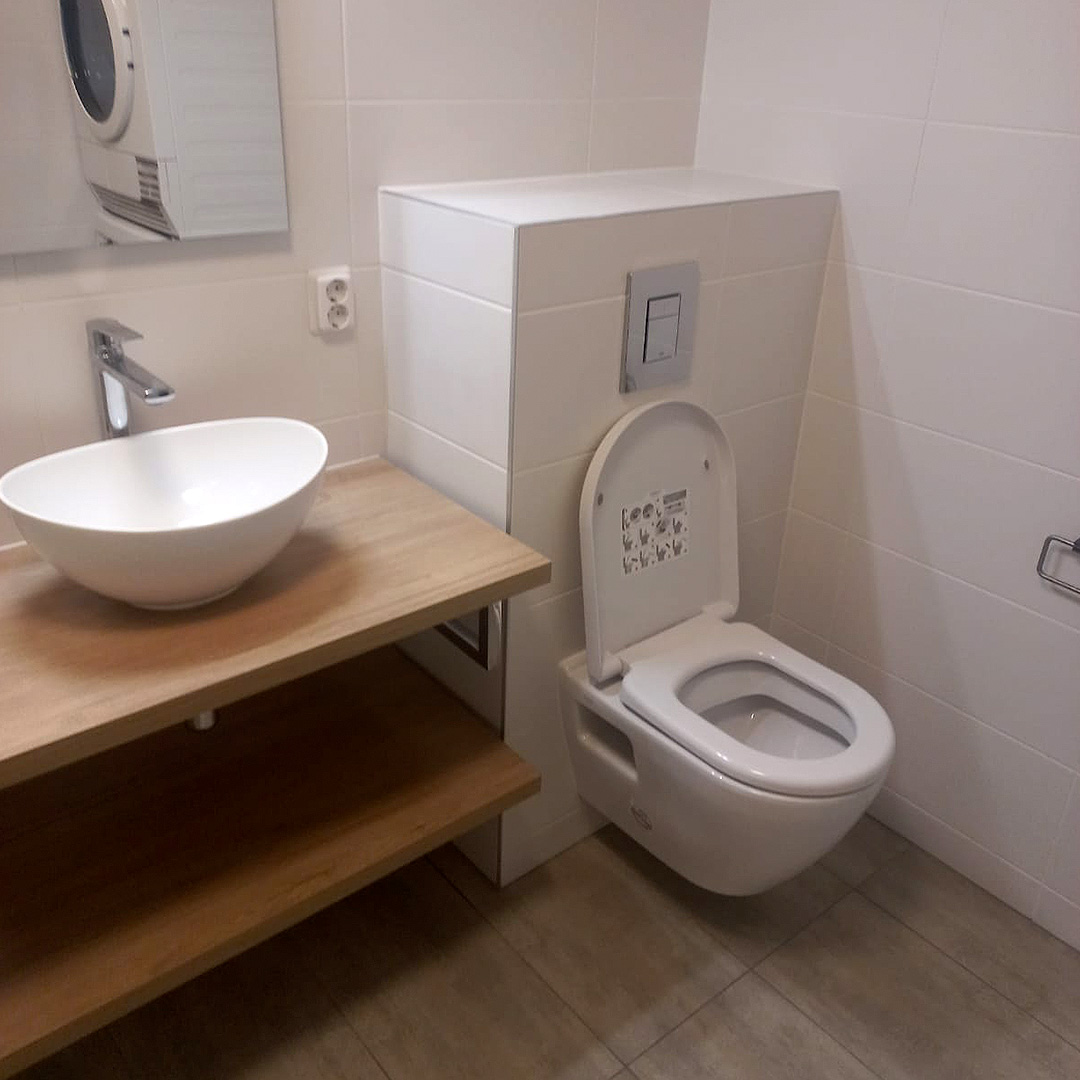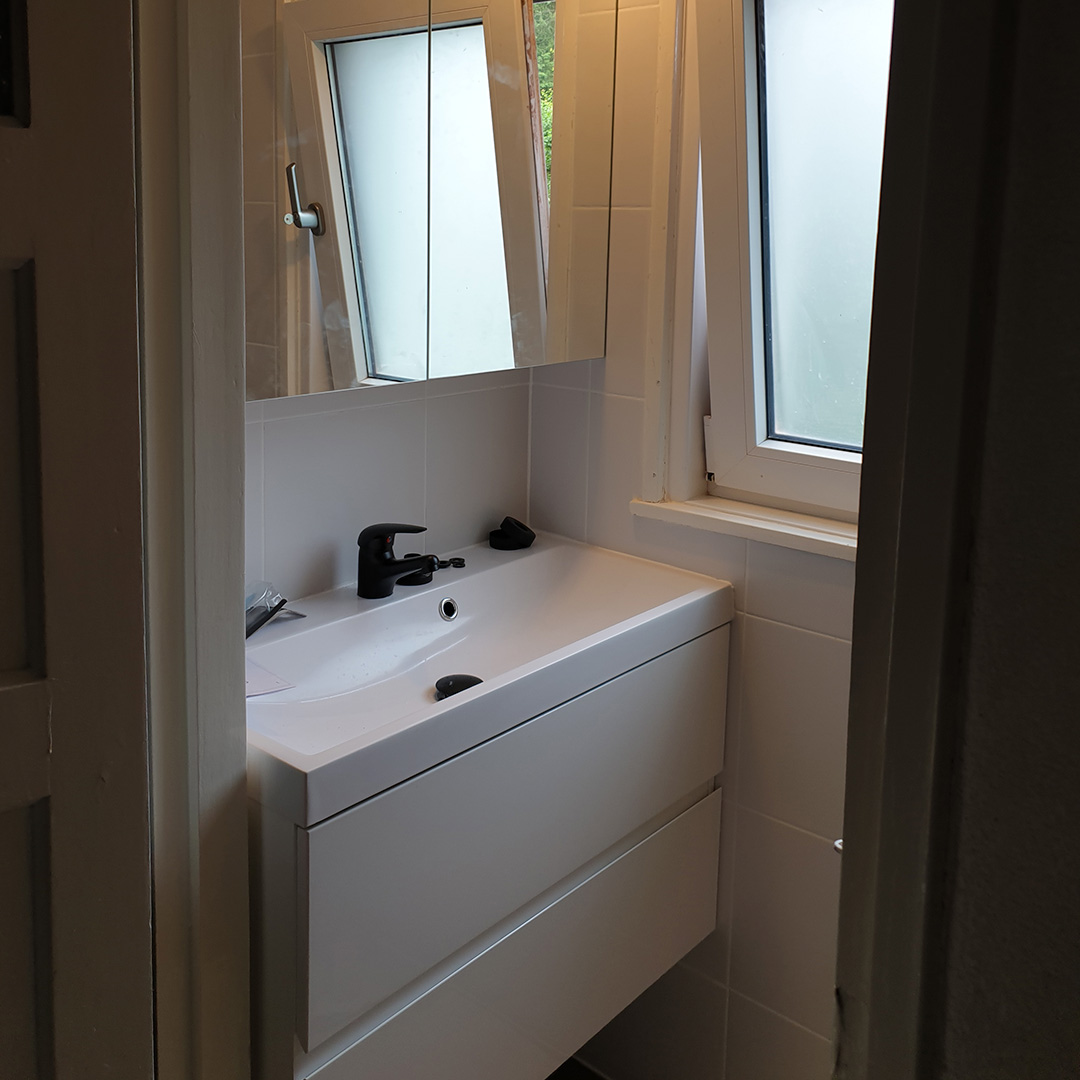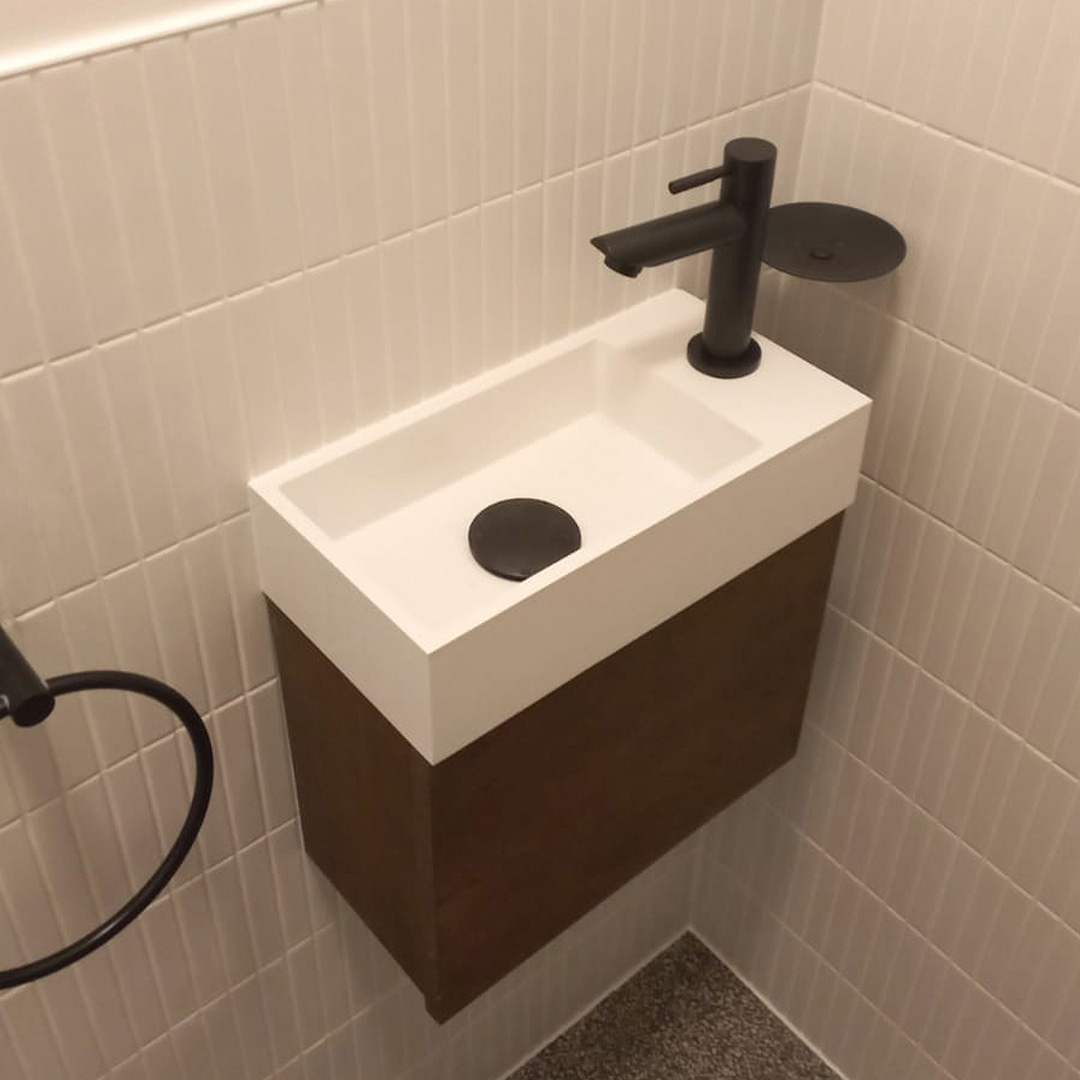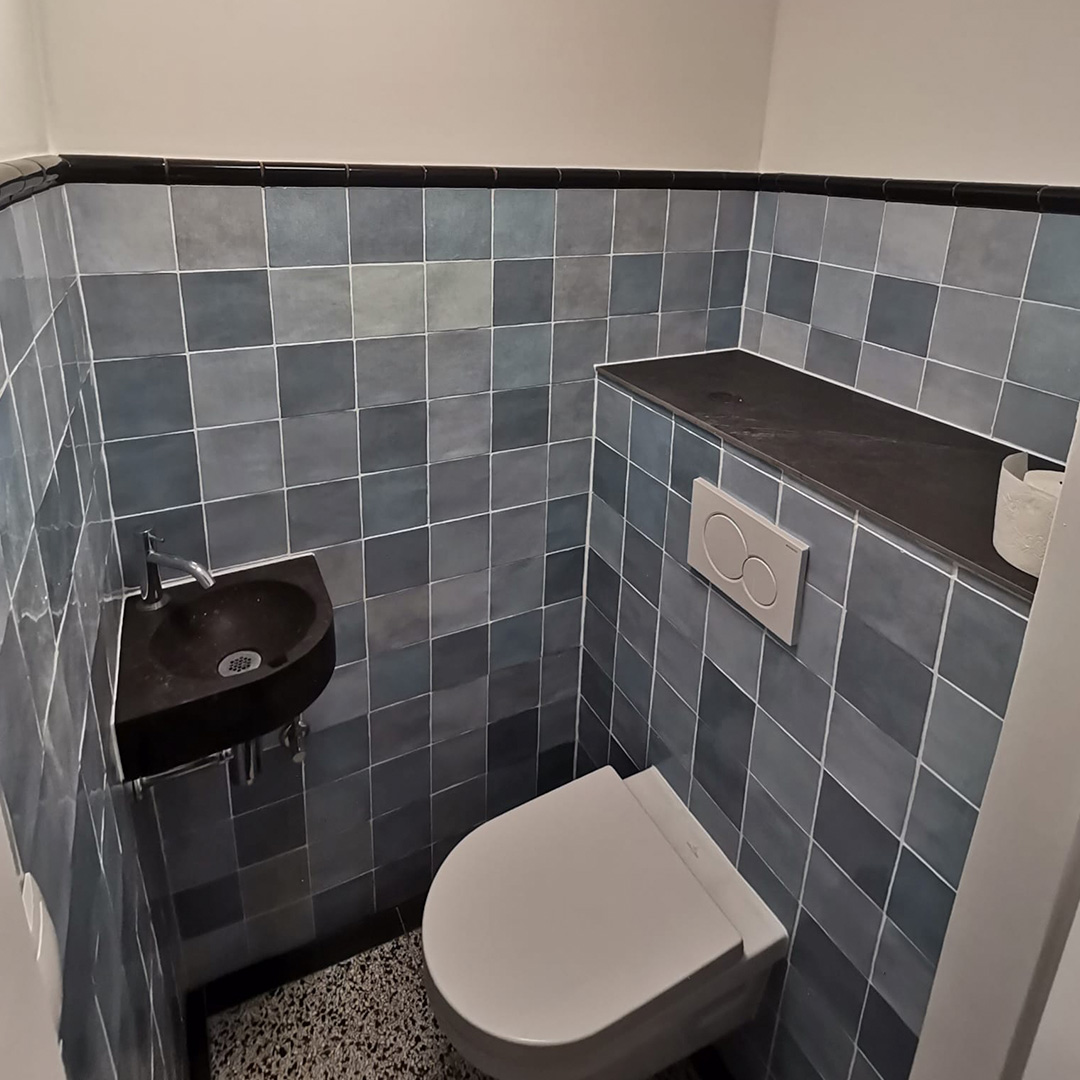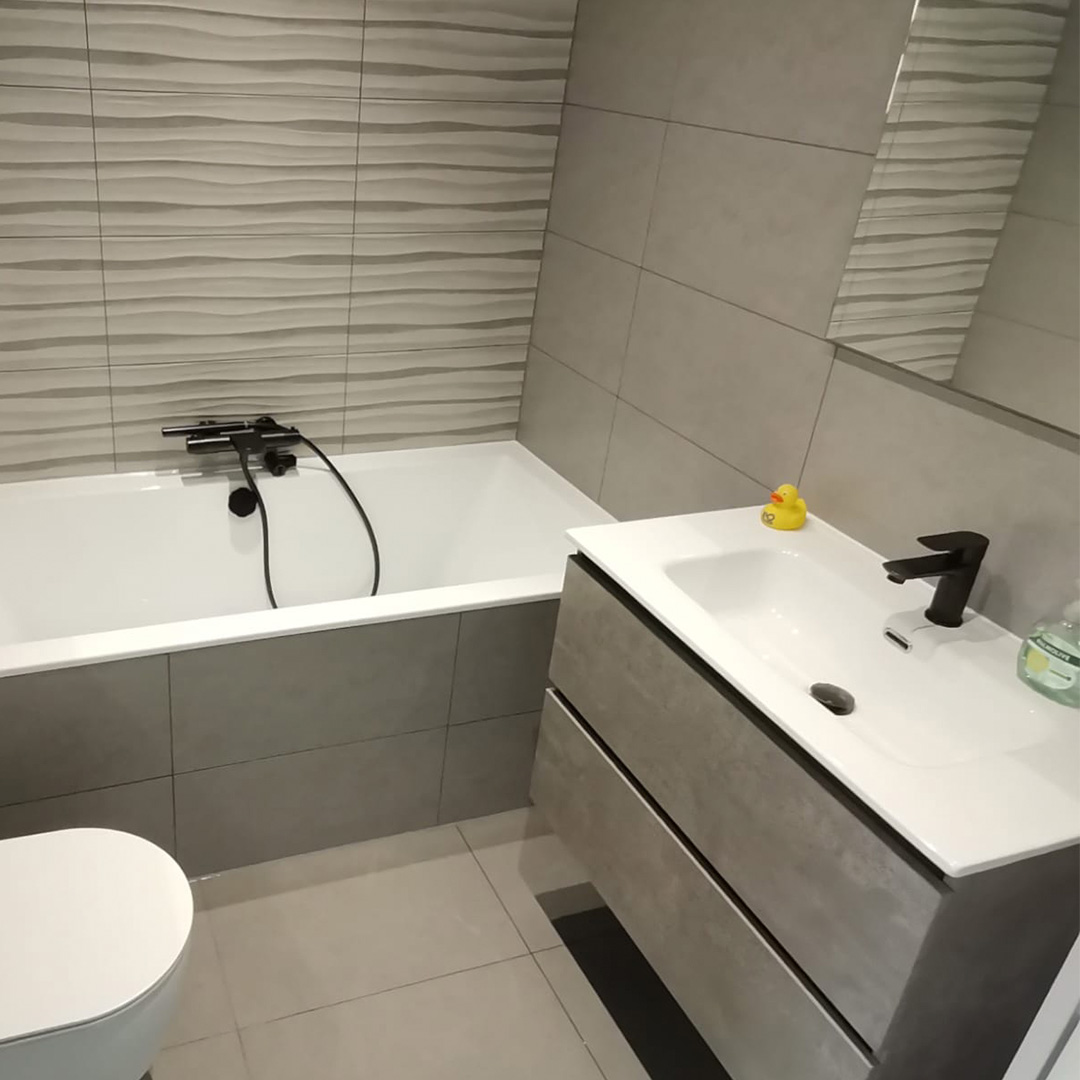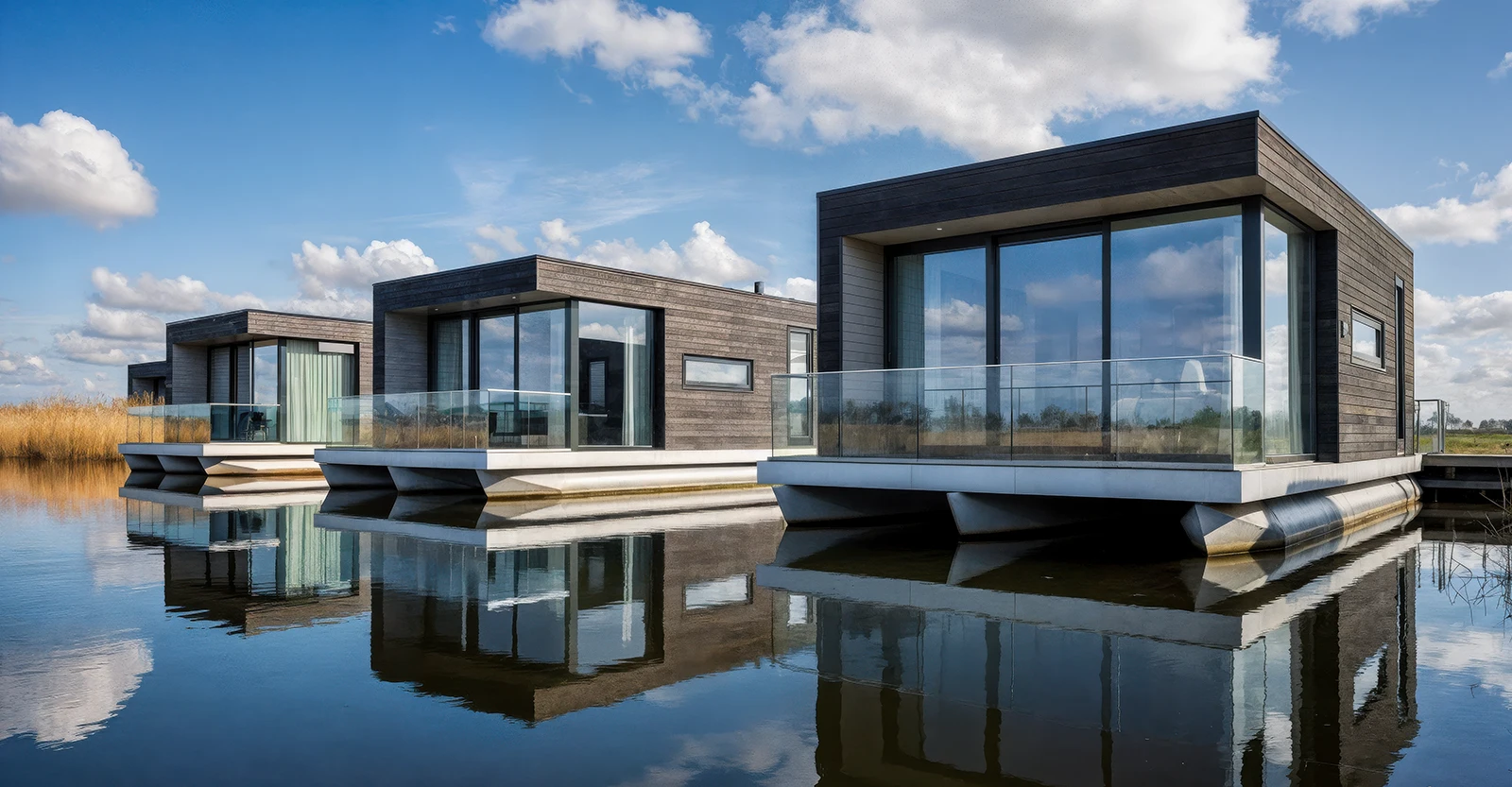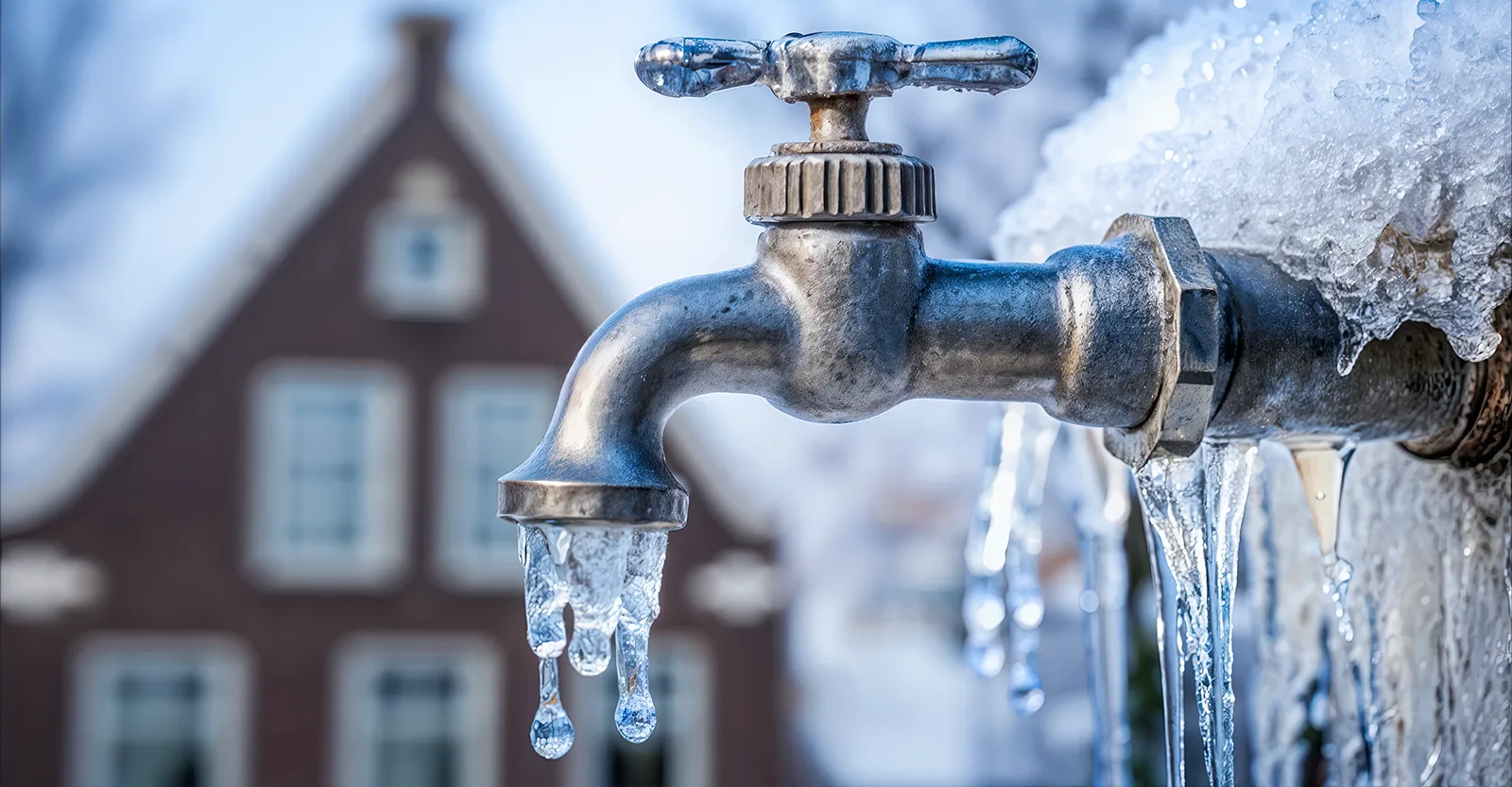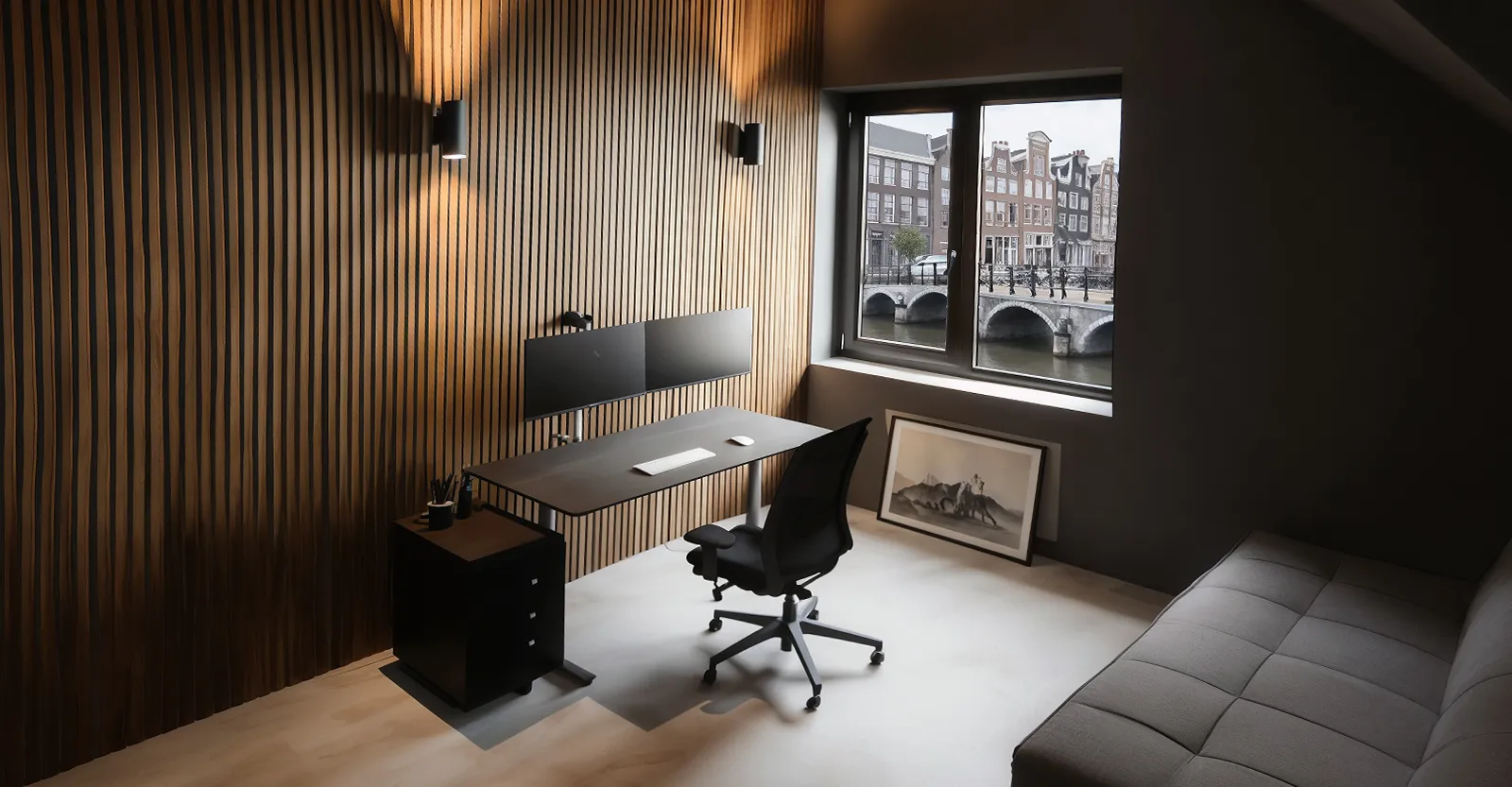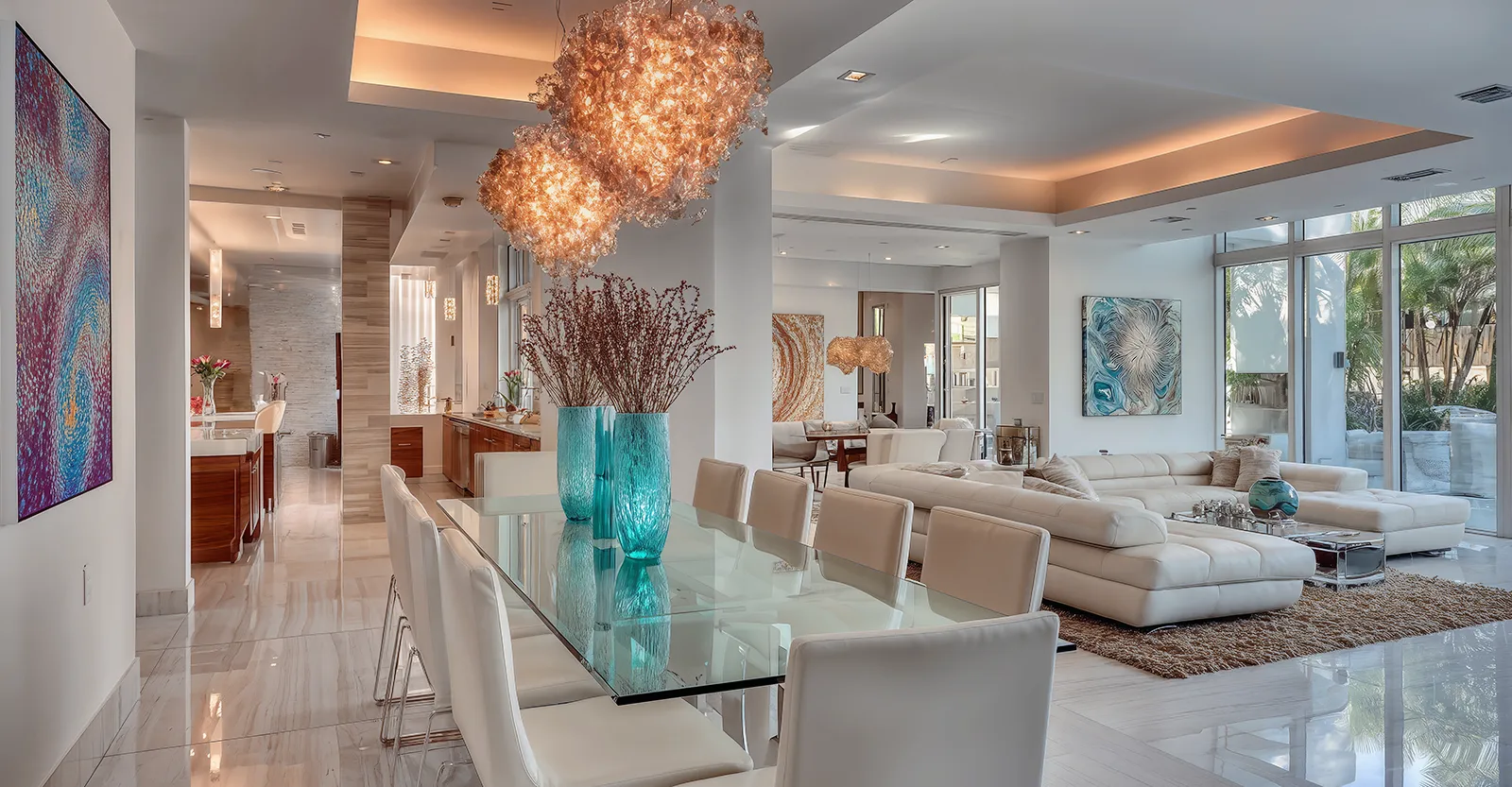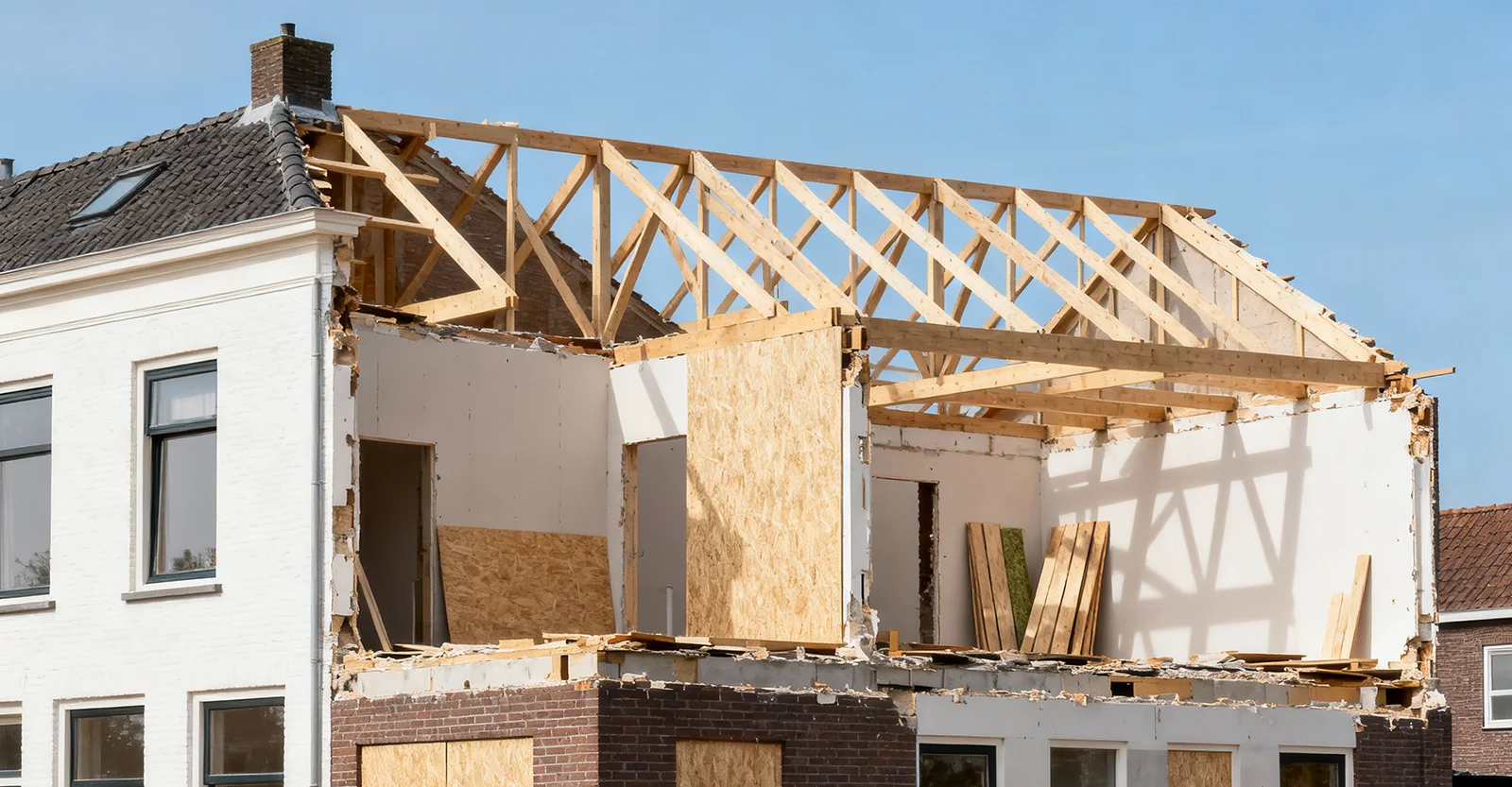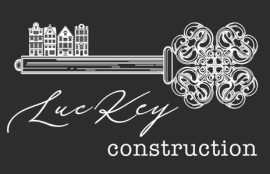In the Netherlands, a country synonymous with canals, windmills, and water management, the concept of floating homes has taken off as a unique and innovative solution to address both environmental and urban challenges. Known for its low-lying landscape, the Netherlands has long faced the dual pressures of limited land availability and rising sea levels. Floating homes provide a forward-thinking approach to sustainable living, making use of the abundant water surfaces in Dutch cities. This article explores how floating homes are transforming urban landscapes and why they are becoming a popular choice in the Netherlands.
Why Floating Homes? An Overview of Dutch Water Living
The idea of living on water is not new to the Dutch, who have centuries of experience with water management and canal systems. However, floating homes represent a modern evolution of traditional houseboats, designed to be fully functional, energy-efficient, and resilient to changing water levels. This innovative housing solution is helping Dutch cities adapt to climate change while offering a sustainable way of living.
Benefits of Floating Homes
Floating homes in the Netherlands offer a variety of benefits, making them an attractive option for those looking to embrace water living. Let’s explore some of the key advantages that have made these homes popular in cities like Amsterdam and Rotterdam.
Flood Resilience
- Adaptive Design: Unlike traditional houses, floating homes are designed to rise and fall with changing water levels. This adaptability provides a critical defense against flooding, which is becoming more frequent in the Netherlands due to climate change.
- Reduced Flood Damage: By moving with the water, floating homes minimize the risk of water damage, making them a safer and more sustainable choice for flood-prone areas.
In a country where much of the land is below sea level, the flood resilience of floating homes makes them a logical and practical solution for future housing developments.
Space Efficiency
- Utilizing Water Surfaces: With limited land available for new housing, floating homes offer a smart way to make use of underutilized water surfaces in cities. This approach helps alleviate housing shortages without further encroaching on available land.
- Urban Integration: Floating homes are not only functional but also aesthetically pleasing, blending well with iconic Dutch canals and contributing to the urban charm of cities like Amsterdam.
By expanding housing capacity onto water, Dutch cities can manage urban density more effectively while maintaining a connection to their historical waterways.
Sustainability
- Eco-Friendly Design: Many floating homes incorporate sustainable technologies such as solar panels, green roofs, and water recycling systems. These features reduce the environmental impact of the homes and promote self-sufficient living.
- Sustainable Communities: One of the best examples is Schoonschip in Amsterdam, a floating community featuring 30 energy-efficient homes equipped with solar panels, heat pumps, and smart grid systems. Schoonschip aims to be a model of sustainable, water-based living.
The sustainable design of floating homes aligns with the Netherlands’ broader goals of reducing carbon emissions and promoting green urban development.
Challenges and Considerations of Floating Homes
While floating homes offer many benefits, there are also challenges that come with this unique living style. From infrastructure to regulation, there are several factors to consider when developing floating homes in Dutch cities.
Infrastructure and Costs
- Complex Utilities: Connecting floating homes to utilities like electricity, sewage, and water can be more complex than with traditional homes. Solutions such as waterproof connections and microgrids are often required to ensure reliable services.
- Higher Initial Costs: Building a floating home typically involves higher initial costs due to specialized construction and infrastructure requirements. However, the long-term benefits of flood resilience and sustainability can offset these costs over time.
Despite these challenges, continued innovation in infrastructure and technology is making floating homes more feasible and attractive to potential residents.
Regulatory Framework
- Zoning and Permits: Constructing floating homes requires navigating complex zoning laws and building regulations. As interest in floating homes grows, Dutch municipalities are updating regulations to facilitate their development.
- Safety Standards: Ensuring safety standards for floating homes involves additional considerations such as stability, anchoring, and emergency preparedness, all of which must be addressed during the planning phase.
The evolving regulatory landscape is helping to make floating homes more accessible, encouraging the growth of water-based communities in the Netherlands.
Environmental Impact
- Water Quality: While floating homes offer a sustainable living option, their impact on water quality must be carefully managed. Ensuring that wastewater and other potential pollutants do not harm aquatic ecosystems is a key consideration.
- Biodiversity: Floating homes can affect local biodiversity, both positively and negatively. Efforts are being made to create designs that support aquatic life, such as integrating natural habitats along the edges of floating communities.
Continued research and monitoring are essential to ensure that floating homes contribute positively to water ecosystems while providing sustainable living solutions.
Notable Floating Home Projects in the Netherlands
Schoonschip, Amsterdam
Schoonschip is a pioneering floating community in Amsterdam that represents the future of water-based sustainable living. Consisting of 30 floating homes, the community features innovative energy systems, green roofs, and water recycling facilities.
- Energy Independence: Schoonschip operates on a smart grid system that maximizes energy efficiency and minimizes reliance on external resources.
- Community Focus: The design of Schoonschip encourages communal living, with shared spaces and initiatives that promote sustainability and neighborly collaboration.
Schoonschip has become a model for future floating communities, demonstrating how urban planning and sustainable design can coexist harmoniously on water.
Floating Pavilion, Rotterdam
Rotterdam, known for its innovative architecture, has embraced floating developments with projects like the Floating Pavilion and the world’s largest floating office building.
- Climate Resilience: The Floating Pavilion is part of Rotterdam’s broader strategy to integrate water-based solutions into urban planning, addressing climate change and rising sea levels.
- Public Engagement: The pavilion serves as both an event space and a demonstration of sustainable water-based architecture, raising awareness about floating living solutions.
Rotterdam’s floating projects reflect the city’s commitment to sustainability and innovation, making it a hub for water-based architecture in the Netherlands.
Conclusion
Floating homes represent an innovative and sustainable approach to urban living in the Netherlands. By adapting to the challenges of rising water levels and limited land availability, these homes offer a glimpse into the future of sustainable architecture in Dutch cities. With benefits like flood resilience, space efficiency, and eco-friendly design, floating homes are becoming an integral part of the Dutch urban landscape. As cities like Amsterdam and Rotterdam continue to embrace this water-based lifestyle, floating homes are setting an example for other flood-prone regions worldwide, demonstrating how water can be transformed from a threat to a resource.
